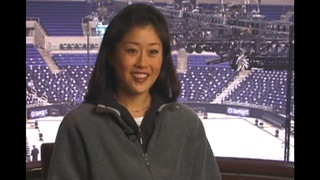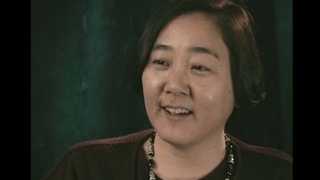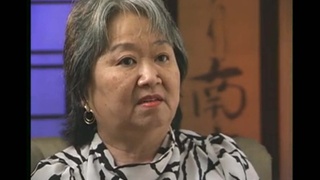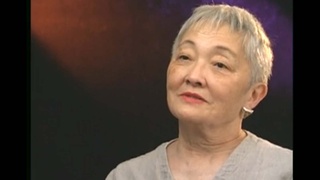Interviews
Contemplating identity in Los Angeles
The question of, like, an identity or especially racial identity is something that always you’ll find with young people in LA, especially. It comes up all the time because LA is so diverse. I went to school in the Valley where a lot of kids got bussed in from the city and it was very…it’s a really mixed place to be. I think that…all my friends growing up – especially when I was at school in like the Woodland Hills area – they had…all my friends were different backgrounds, different races, different religion and what not.
And I think that really does become a question when you’re a younger person. “So where do I fit in? Where do I belong?” Because there’s a certain point where nobody really cares. Everybody’s just friends because that’s who you fall into place with and who you get along with. But then there’s s certain point of starting to really identify with other people and obviously, as a mixed…a person of mixed background…my dad being Japanese and my mom is like a mixed Caucasian – pretty much American, like her side of the family, a lot of the different parts of the family tree date back to the earliest colonies in the States and whatever. I mean that’s…it’s funny because that side of it is just so Caucasian, so White, so whatever. And then the other side, it’s like there’s a difference between being Japanese and being Japanese American and you start to really realize that as you get older.
Date: January 16, 2006
Location: California, US
Interviewer: Chris Komai and John Esaki
Contributed by: Watase Media Arts Center, Japanese American National Museum
Explore More Videos


Support from the Japanese American community
(b.1971) Professional figure skater and Olympic gold medalist.

Heightened awareness of identity as a Japanese American
(b. 1955) Lawyer

Reasons for conformity and competitiveness in Gardena, California
(b. 1946) Lawyer








Advantages of being Nikkei (Spanish)
(b. 1950) Nisei Chilean, Businessman


Childhood shame for being Nikkei in Enumclaw, Washington
Judge, only Japanese American to serve on CWRIC.

On the Impact of the Camp Experience
(b. 1942) The first Asian American woman judge
